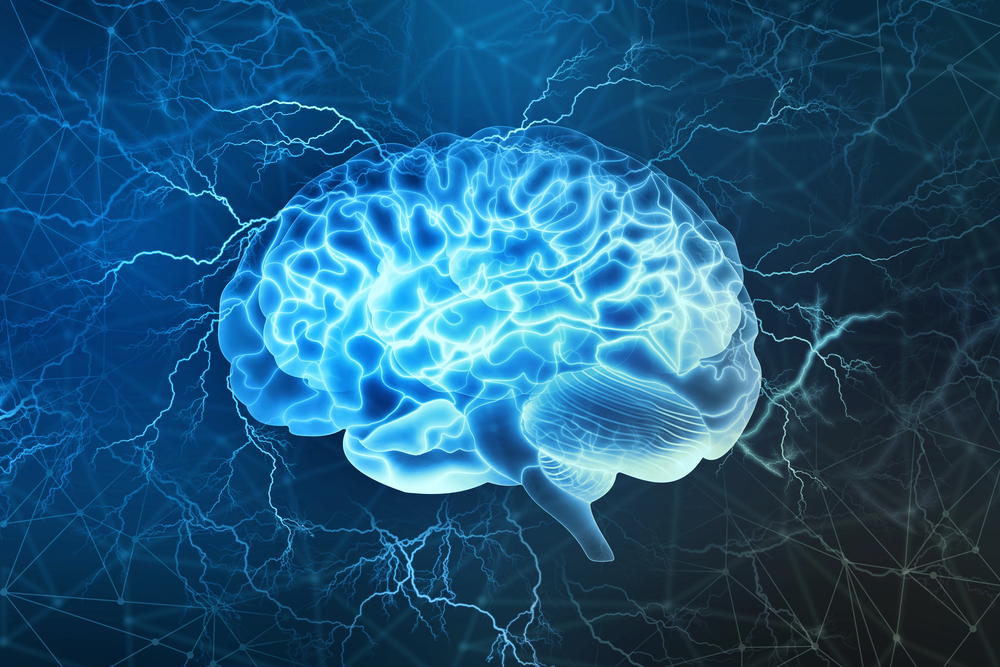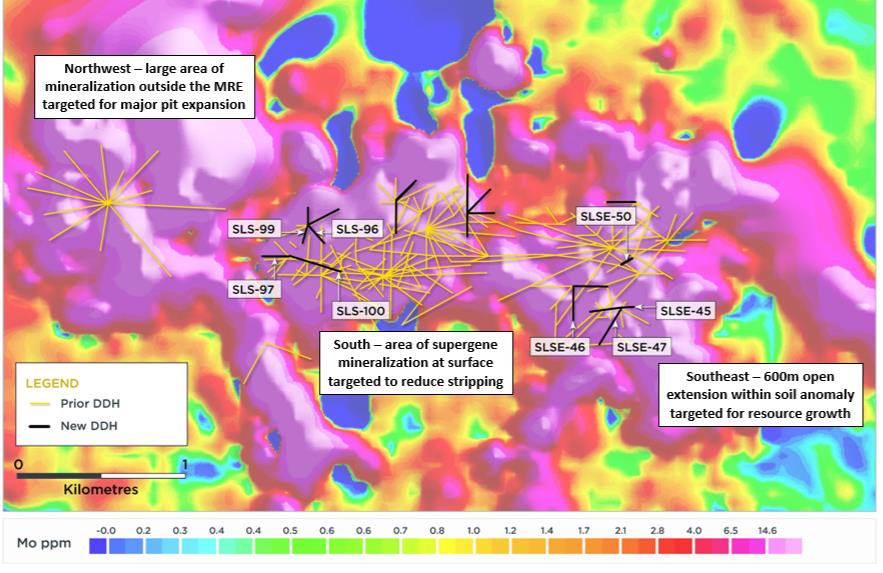Stanford University Medical Center used AI to detect structural differences in male and female brains.
The study achieved over 90% accuracy in identifying the sex of individuals based on brain activity scans, shedding light on the long-debated topic of sex-specific structural differences in the brain.
The research, published in the Proceedings of the National Academy of Sciences (PNAS), states these differences will enhance our understanding and treatment of neuropsychiatric conditions that manifest distinctly in women and men.
Dr. Vinod Menon, director of the Stanford Cognitive and Systems Neuroscience Laboratory, explained the importance of recognizing sex differences in the brain.
“Sex plays a crucial role in human brain development, in aging, and in the manifestation of psychiatric and neurological disorders,” Menon stated, highlighting the study’s purpose to advance our understanding of sex-specific mental and neurological vulnerabilities.
For example, we know that women are nearly twice as likely as men to be diagnosed with depression, whereas men are more likely to be diagnosed with ADHD.
Other mental illnesses like personality disorders, bipolar, and schizophrenia also manifest differently in males and females.
Accurately identifying and classifying differences between male and female brain anatomy is key to understanding whether there are any biological explanations for this.
Here are six steps to how the study explored structural differences between the brains of men and women:
The study investigated sex-related differences in brain function, which is crucial for understanding behavioral impacts and mental health conditions, by analyzing functional MRI (fMRI) data from about 1,500 young adults.
Advanced AI, specifically a spatiotemporal deep neural network (stDNN), was employed to scrutinize brain scans, revealing distinct patterns in how male and female brains are organized.
This AI model, over 90%, demonstrated impressive accuracy in distinguishing male from female brains based on functional dynamics, highlighting its effectiveness across multiple sessions and independent cohorts.
Key brain networks—such as the default mode network, striatum, and limbic system—showed significant sex differences, with effect sizes greater than 1.5, indicating robust distinctions in brain organization.
The study’s use of explainable AI (XAI) techniques allowed for the identification of specific brain features responsible for these differences, and these features could predict cognitive profiles specific to each sex.
These findings challenge previous beliefs about a continuous spectrum of male-female brain organization, emphasizing sex as a fundamental factor in brain structure and function, with implications for personalized medical approaches in treating mental and neurological disorders.
The researchers took their investigation a step further by asking whether they could predict individuals’ performance on cognitive tasks based on the sex-specific brain features they had identified.
To do this, they created two specialized AI models: one tailored to predict cognitive abilities in men and another for women. These models were informed by the distinct brain patterns related to sex that the team had previously uncovered.
The success of these models was notable. The model designed for men accurately predicted their cognitive performance, but it did not work for women, and vice versa. This strongly suggests that the functional differences in brain organization between sexes have real-world impacts on behavior and cognitive abilities.
Menon explained the importance of these findings: “These models worked really well because we successfully separated brain patterns between sexes,” he explained.
This separation led to a deeper understanding of how overlooking sex differences in brain organization could result in missing crucial elements that contribute to neuropsychiatric disorders.
Menon also highlighted the broader potential of their AI model. Beyond exploring sex differences, the model can be applied to various questions about brain connectivity and its relation to cognitive functions or behaviors.
The team intends to make their model accessible to the research community to encourage further research into mental illnesses and learning disabilities.
Menon’s vision is for these AI tools to understand and address the challenges individuals face due to these brain differences. “Our AI models have very broad applicability,” he said.
Sophisticated brain imaging models could eventually assist a new era of precision psychiatry.





